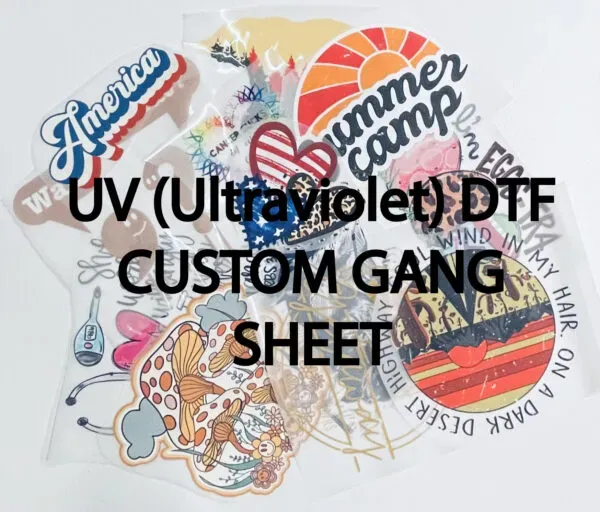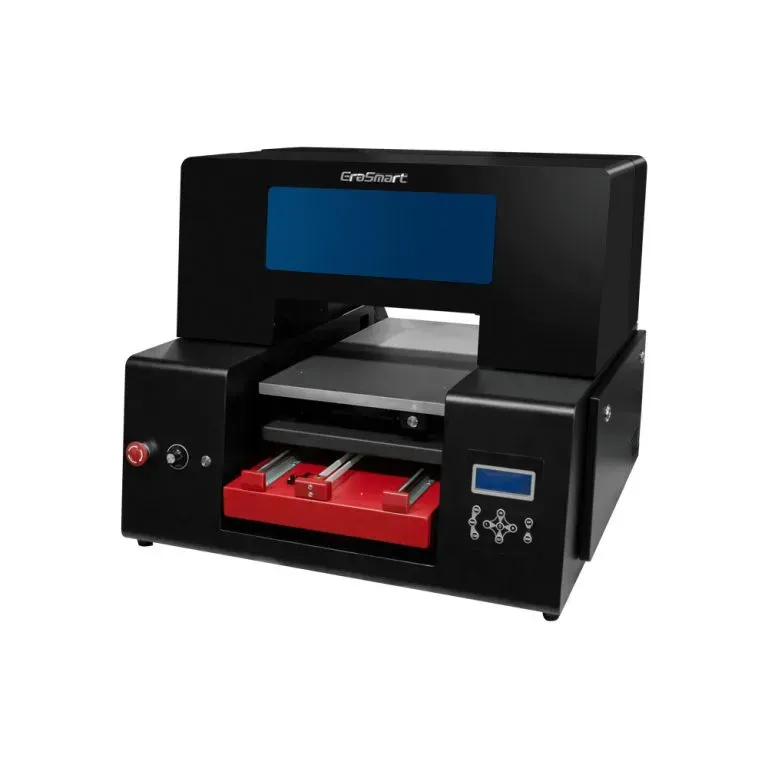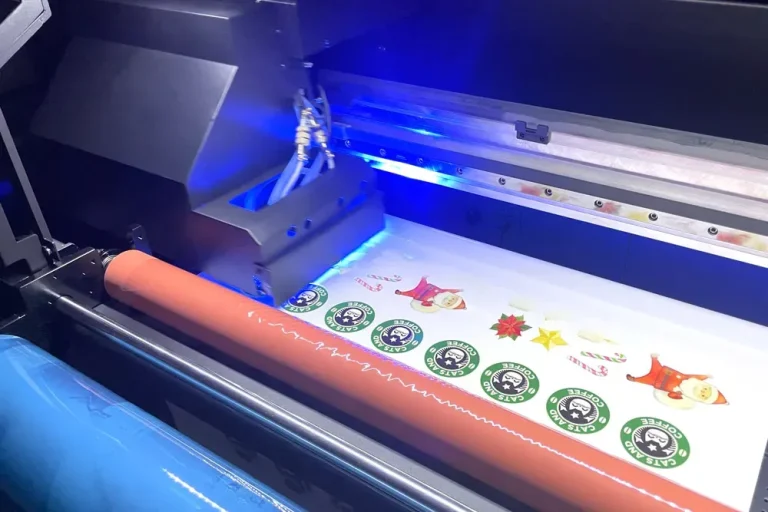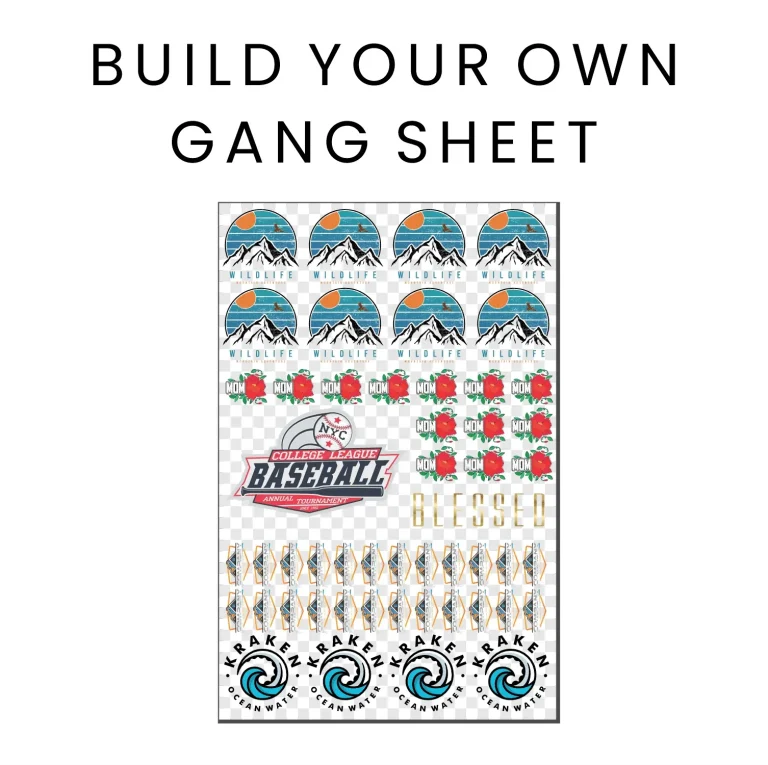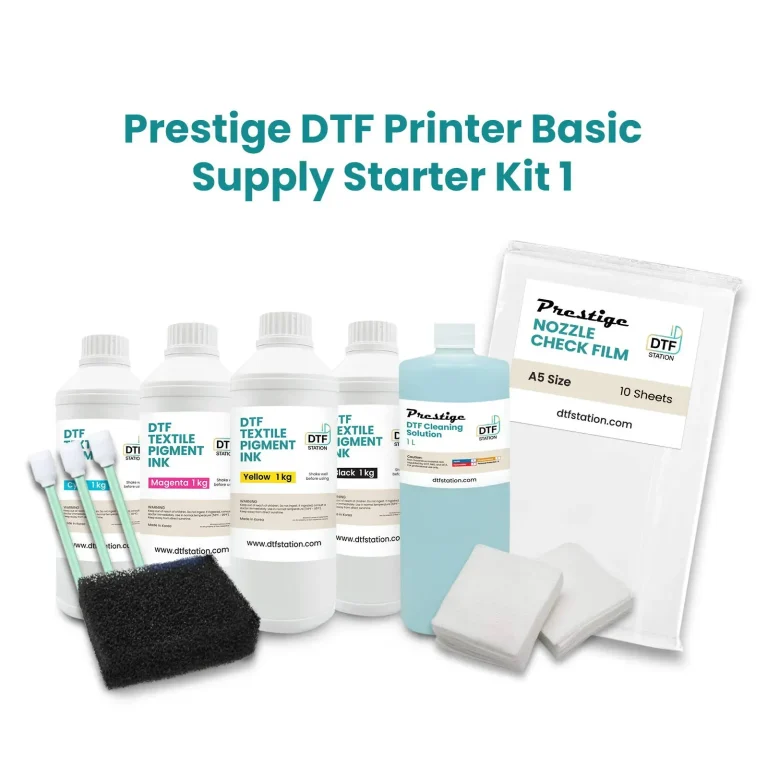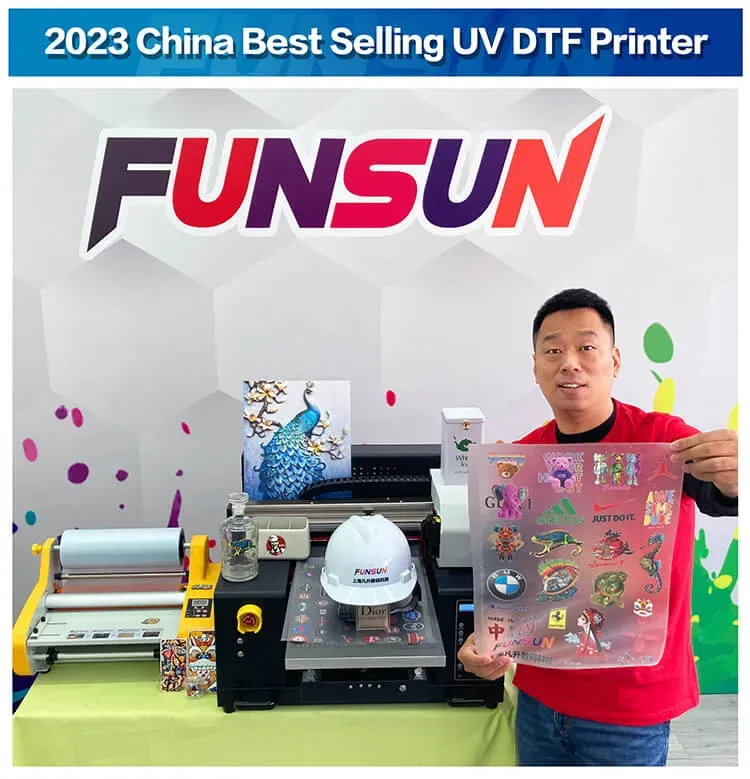
In the dynamic landscape of custom printing technology, UV DTF printing stands out as an innovative technique that merges the capabilities of UV printing and DTF (Direct-to-Film) methods. This advanced printing process allows for the creation of vibrant and durable designs on a diverse array of surfaces, revolutionizing the way businesses approach custom graphics. With its increasing popularity, understanding the benefits of UV DTF printing is essential for anyone looking to enhance their product offerings. Recent advancements and the latest UV DTF innovations further showcase its potential, making it an invaluable tool for manufacturers across various industries. Join us as we explore how UV DTF printing reshapes the printing landscape and provides endless possibilities for creative expression.
UV DTF printing, often referred to as ultraviolet direct-to-film printing, represents a significant breakthrough in the world of printing technologies. This technique utilizes ultraviolet light to cure inks onto transfer films and subsequently onto various substrates, resulting in impeccable print quality and longevity. As businesses continually seek versatile solutions for their branding and product customization needs, understanding this direct-to-film approach is becoming increasingly important. The exciting advancements in this field, from enhanced speed to improved environmental compliance, are paving the way for broader applications in markets such as apparel and promotional items. As we delve deeper, we will uncover how UV DTF printing is not just a trend but a foundational shift in custom printing capabilities.
Understanding the Basics of UV DTF Printing
UV DTF printing is a cutting-edge technique in the world of custom printing technology. It utilizes ultraviolet light to cure inks on a special transfer film, allowing for high-quality prints to be transferred to various substrates. This method combines the precision of UV printing with the versatility of DTF processes, enabling a vast array of applications. From textiles to plastic surfaces, UV DTF’s adaptability makes it suitable for businesses looking to offer unique products that stand out.
One of the remarkable aspects of UV DTF printing is its ability to produce vivid colors and sharp details on multiple surfaces. As industries continue to demand higher quality prints, the importance of understanding this technology cannot be overstated. The process appears simple, but its underlying mechanics involve sophisticated engineering and chemistry, ultimately resulting in a seamless fusion of technology that pushes the boundaries of traditional printing.
Benefits of Using UV DTF Printing
The benefits of UV DTF printing are numerous, making it an appealing choice for businesses seeking to enhance their product offerings. One of the primary advantages is that it delivers vibrant colors and intricate designs that are both visually stunning and durable. Thanks to the UV curing process, prints are resistant to fading, abrasions, and environmental factors, making them suitable for outdoor applications. This durability allows companies to provide a quality guarantee that often surpasses that of other printing methods.
Additionally, UV DTF printing is designed to be efficient. The prints dry almost instantly due to the UV light, enabling rapid turnaround times and higher productivity for businesses. This speed not only helps in meeting tight deadlines but also allows for more significant order volumes to be processed efficiently. Moreover, with the ongoing push towards eco-friendly practices, many UV DTF printers are now built using sustainable technologies and inks, aligning with the growing focus on environmental compliance.
Latest Innovations in UV DTF Technology
Continuous innovations in UV DTF technology are expanding its capabilities and applications. Companies like Mimaki and Anker are at the forefront, developing printers that push the limits of what is possible in DTF printing. For instance, Mimaki’s UJV300DTF-75 printer has been designed for high-resolution output and supports a variety of materials, from textiles to hard substrates, offering unprecedented versatility. These advancements not only reflect consumer demand for customizable printing solutions but also indicate a shift towards more sustainable printing practices.
Moreover, personal printing solutions such as Anker’s eufyMake UV Printer E1 are entering the market, catering to hobbyists and small businesses alike. This innovative printer allows for the creation of 3D textural designs, highlighting the technology’s adaptability beyond commercial uses. As these innovations continue to emerge, they signify a blossoming market for UV DTF applications in both professional and personal spheres, making it an area to watch in the printing landscape.
Applications of UV DTF Printing
The application of UV DTF printing is vast and continues to grow across various industries. In the custom apparel sector, businesses are utilizing this technology to produce high-quality designs that remain vibrant even after multiple washes. It’s particularly suited for intricate patterns and graphics on textiles that require precision and durability. The ability to print on a variety of materials also makes UV DTF an attractive option for promotional products, where unique and eye-catching items can drive business engagement.
Beyond apparel and merchandise, UV DTF printing is making strides in interior decor. Designers are exploring custom decals, wall art, and even patterned furniture finishes that add a distinct touch to homes and workplaces. This technology offers endless possibilities for personalization, aligning well with the current trend towards unique and customized living spaces. As businesses adopt UV DTF technology, their offerings can become more diverse, catering to an increasingly personalized market.
UV DTF Printing vs Traditional Methods
When comparing UV DTF printing to traditional printing methods, it becomes clear why many businesses are making the switch. Traditional printing techniques often face limitations concerning the materials that can be used and the durability of the prints. DTF printing, specifically when coupled with UV technology, offers a solution that overcomes these hurdles by ensuring high adhesion rates and durability across a wider array of substrates. This means businesses can expand their product range without compromising on quality.
Furthermore, the efficiency of UV DTF printing outstrips many conventional methods. The rapid curing time associated with UV inks allows for quicker production rates and a more streamlined workflow, which is vital in today’s fast-paced market. Businesses that can deliver quality designs with minimal turnaround times gain a competitive edge, making UV DTF printing an attractive alternative for those looking to stay ahead in their respective fields.
Future of UV DTF Printing Technology
As we look towards the future of UV DTF printing technology, the potential for growth and innovation is vast. With ongoing advancements and research, we can anticipate the development of even more efficient printers capable of producing higher quality prints in less time. Companies are increasingly focused on not just improving the functionality of their machines but also on integrating more sustainable practices to meet the demands of environmentally conscious consumers.
Moreover, the continuous evolution of software that accompanies printing technology will likely enhance user capabilities, enabling more intricate designs and customization options. As consumer interests shift towards personalized products, UV DTF printing stands to gain even more traction in various markets, from fashion and home decor to promotional goods. The synergy of technological advancements and eco-friendly practices will position UV DTF printing as a leader in the custom printing landscape for years to come.
Frequently Asked Questions
What are the key benefits of UV DTF printing?
UV DTF printing offers numerous benefits, including exceptional versatility to adapt to various materials, remarkable durability against wear and fading, quick drying times due to UV curing, and compliance with environmental sustainability standards. These advantages make UV DTF printing an excellent choice for custom apparel and promotional products.
How does UV DTF printing differ from traditional printing methods?
UV DTF printing differs from traditional methods by using ultraviolet light to cure inks instantly, resulting in higher durability and flexibility on a wider range of substrates. Unlike standard DTF or screen printing, UV DTF effectively handles irregular surfaces and requires less preparation, making it a more efficient and innovative custom printing technology.
What surfaces can be printed on using UV DTF printing?
UV DTF printing is highly versatile and can print on a wide range of surfaces, including textiles, metals, wood, plastics, and even glass. This capability makes it suitable for multiple applications in custom apparel, signage, and promotional products.
What recent innovations have emerged in UV DTF printing technology?
Recent innovations in UV DTF printing include the launch of Mimaki’s UJV300DTF-75 printer, which supports various materials and six color channels for high resolution, and Anker’s eufyMake UV Printer E1, the first personal 3D texturing printer, catering to a new audience of hobbyists. These advancements signify a growing trend in the market towards personalization and enhanced printing capabilities.
Can UV DTF printing fulfill environmental standards?
Yes, UV DTF printing can fulfill environmental standards as many modern printers, like those from Mimaki, utilize eco-friendly inks that comply with strict environmental regulations. This feature allows businesses to adopt UV DTF printing without compromising their sustainability commitments.
What is the turnaround time for UV DTF printing compared to other methods?
The turnaround time for UV DTF printing is significantly faster than traditional printing methods, as UV inks cure almost instantly when exposed to ultraviolet light. This speed allows businesses to accelerate their production processes and meet the ever-increasing demands of the market.
| Aspect | Details |
|---|---|
| What is UV DTF Printing? | A technique that uses UV light to cure inks printed on transfer film for various surfaces. |
| Recent Developments | 1. **Mimaki’s UJV300DTF-75 Printer**: Prints up to 650mm, eco-friendly inks, high resolution. 2. **eufyMake UV Printer E1**: Personal 3D texturing printer, compact and user-friendly. 3. **Eazydtf Expansion**: Added ten new large-format printers in response to demand. |
| Benefits | 1. **Versatility**: Adapts to multiple materials (fabrics, plastics, metals). 2. **Durability**: Resists wear, weather, and fading. 3. **Speed**: Instant drying with UV light for faster production. 4. **Environmental Compliance**: Uses eco-friendly inks and meets regulations. |
| Applications | – **Custom Apparel**: T-shirts, caps. – **Promotional Products**: Mugs, bags, signage. – **Interior Decor**: Wall art, decals, furniture finishes. |
Summary
UV DTF Printing has emerged as a vital technology in the printing industry, providing innovative solutions for high-quality designs. With its unique ability to create vibrant and durable prints on various materials, UV DTF Printing stands out for its versatility across different applications, from custom apparel to promotional products. Recent advancements, notably from industry leaders like Mimaki and Anker, have further enhanced its capabilities, making it an attractive option for businesses focused on sustainability and efficiency. As the market continues to evolve, embracing UV DTF Printing can unlock new possibilities for creativity and speed, establishing a competitive edge in a personalized product landscape.

